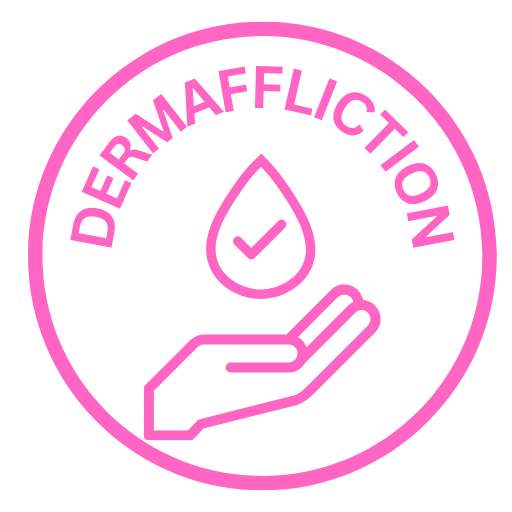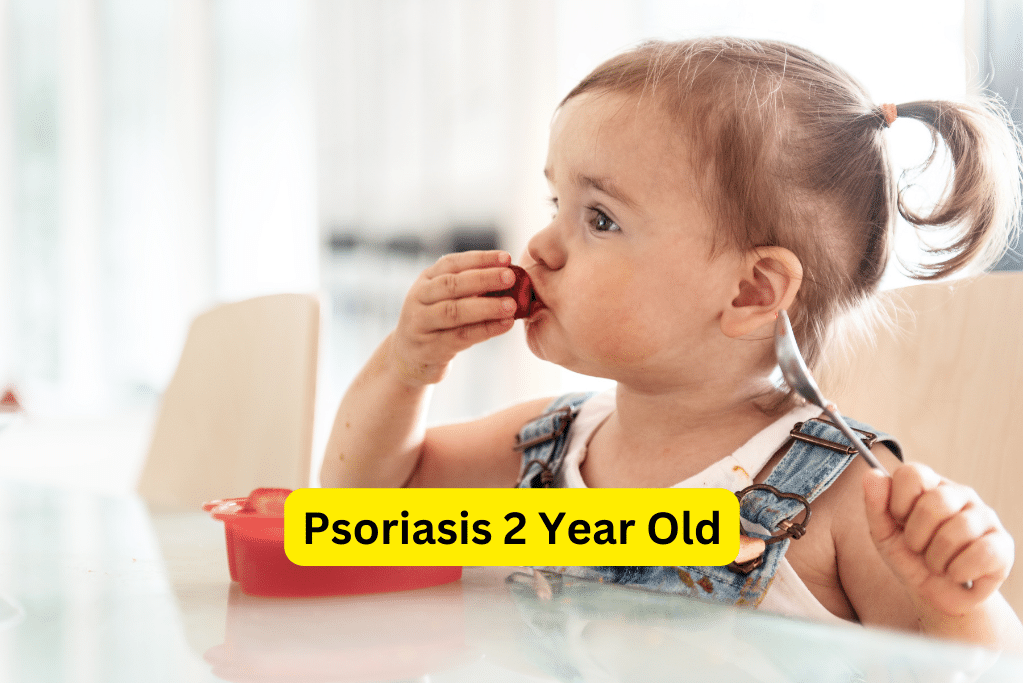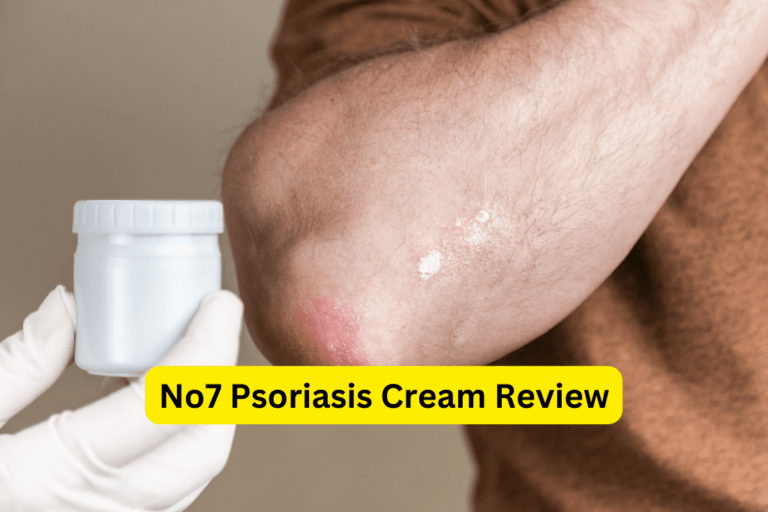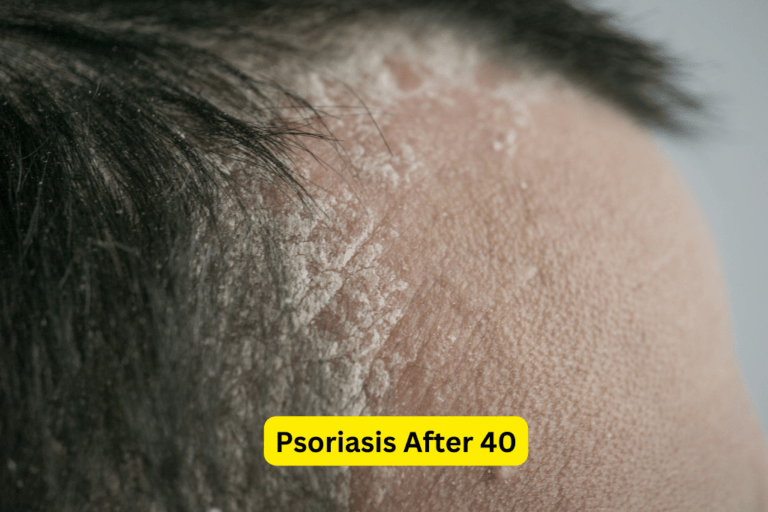Treating Psoriasis in 2-Year-Olds: Effective Care Tips
Psoriasis 2 Year Old
Psoriasis is a chronic skin condition that can affect individuals of all ages, including young children. Early detection and management are crucial, especially when it comes to 2-year-olds who may not be able to communicate their discomfort effectively. In this comprehensive guide, we will explore the causes, symptoms, diagnosis, and treatment options for psoriasis in 2-year-olds. We will also provide helpful tips for parents on managing this condition and offer support resources for families.
I. Understanding Psoriasis in 2-Year-Olds
A. What is psoriasis?
Psoriasis is a non-contagious autoimmune disease that affects the skin cells’ life cycle. This results in an increased production of skin cells, leading to the formation of red and inflamed patches on the skin’s surface.
Psoriasis is not just a rash; it is a complex condition that involves the immune system’s dysfunction.
B. Causes of psoriasis in young children
While the exact cause of psoriasis is still unknown, there are several factors that can contribute to its development in young children.
- Genetic factors: Children with a family history of psoriasis are more likely to develop the condition.
- Triggering factors: Environmental triggers such as infections, stress, and certain medications can cause psoriasis flare-ups.
II. Recognizing Symptoms and Diagnosis
A. Common symptoms of psoriasis in 2-Year-Olds
Psoriasis in 2-year-olds may present differently than in adults. The following symptoms are commonly observed in young children:
- Red and inflamed patches of skin: These patches may be itchy and uncomfortable for the child.
- Thickened, scaly, or crusted skin: The affected areas may appear raised and have a silver-white appearance.
B. Medical evaluation and diagnosis
Diagnosing psoriasis in 2-year-olds requires a thorough medical evaluation. This may include:
- Physical examination: The doctor will examine the affected areas and inquire about the child’s medical history.
- Dermatological tests and biopsies: In some cases, the doctor may perform skin tests or take a small sample of skin for further analysis.
- Differentiating psoriasis from other skin conditions: Some skin conditions may resemble psoriasis, so it’s important to rule out other possible diagnoses.
III. Treatment Options for Psoriasis in 2-Year-Olds
A. Topical treatments
Topical treatments are often the first line of defense in managing psoriasis in 2-year-olds. These may include:
- Creams and ointments: These can be applied directly to the affected areas to reduce inflammation and promote healing.
- Moisturizers and emollients: Keeping the skin well-moisturized is essential for managing psoriasis and preventing dryness.
- Steroid preparations: In some cases, the doctor may prescribe steroid creams to help reduce inflammation and itching.
B. Phototherapy
Phototherapy, or light therapy, involves exposing the skin to ultraviolet (UV) light to reduce inflammation and slow down the excessive skin cell production. It can be an effective treatment option for children with psoriasis.
- UVB light therapy: This form of phototherapy uses specific wavelengths of UVB light to treat psoriasis.
- Potential benefits and considerations: While phototherapy can be beneficial, it’s important to discuss the potential risks and benefits with a healthcare professional.
C. Systemic medications
In severe cases, when topical treatments and light therapy are not sufficient, the doctor may prescribe systemic medications that work throughout the body to manage psoriasis symptoms.
- Oral medications: These may include drugs that suppress the immune system or reduce inflammation.
- Injection therapy: Biologic medications, which are administered via injections, may be used in specific cases.
D. Alternative and complementary approaches
Some parents may explore alternative and complementary approaches to managing psoriasis in their 2-year-olds. While these approaches may provide some relief, it’s important to discuss them with a healthcare professional before use. These approaches may include natural remedies, dietary changes, and mind-body interventions.
IV. Managing Psoriasis in Daily Life
A. Skin care routines
Establishing a consistent and gentle skin care routine is essential for managing psoriasis in 2-year-olds:
- Gentle cleansing and moisturization: Use mild, fragrance-free cleansers, and apply moisturizers immediately after bathing to keep the skin hydrated.
- Bathing tips: Avoid hot water and opt for lukewarm baths. Adding bath oils or colloidal oatmeal can provide additional soothing effects.
B. Clothing and fabric choices
The choice of clothing and fabrics can have a significant impact on the child’s comfort:
- Breathable and non-irritating materials: Choose clothing made of cotton or other soft fabrics that allow the skin to breathe.
- Proper clothing fit: Avoid tight-fitting or restrictive clothing, as it can exacerbate skin irritation.
C. Avoiding triggers and irritants
Identifying and minimizing triggers and irritants can help reduce psoriasis flare-ups:
- Common triggers to be aware of: Stress, certain infections, and certain medications can trigger psoriasis flare-ups.
- Tips for reducing exposure: Encourage hand-washing to prevent infections, and avoid known triggers as much as possible.
D. Stress and emotional management
Psoriasis can have a significant impact on a child’s emotional well-being. Therefore, it’s crucial to help children manage stress and emotions effectively:
- Recognizing the impact of stress on psoriasis: Stress can contribute to flare-ups, so identifying and addressing stressors is important.
- Coping strategies for children and parents: Engaging in relaxation techniques, expressive activities, and seeking support from a mental health professional can help manage stress and emotions.
V. Supporting the 2-Year-Old Psoriasis Patient
A. Maintaining open communication with healthcare providers
Regular check-ups with healthcare providers are essential for effective psoriasis management:
- Importance of regular check-ups: Healthcare providers can monitor the child’s progress, adjust treatments if necessary, and provide necessary support.
- Seeking specialist care when necessary: In some cases, a dermatologist or pediatric dermatologist may be required for specialized care.
B. Educating and involving the child in their care
It’s important to educate and involve the child in their psoriasis care to promote their understanding and participation:
- Age-appropriate explanations and activities: Explain psoriasis to the child in simple terms and involve them in tasks such as applying moisturizer.
- Encouraging self-care habits: Teach the child about the importance of skin care and involve them in establishing routines.
C. Support networks for parents
Parents of children with psoriasis can benefit from connecting with other families facing similar challenges:
- Connecting with other families facing similar challenges: Online support groups and local organizations can provide a sense of community and valuable resources.
- Accessing online resources and support groups: There are numerous online resources and support groups dedicated to providing information, advice, and emotional support for parents.
VI. Outlook and Long-Term Management
A. Prognosis for psoriasis in 2-year-olds
Psoriasis in 2-year-olds varies in severity and duration. Most children will experience periods of flare-ups and remission, with the condition often improving as they grow older.
While there is no cure for psoriasis, it is possible to manage the condition effectively with appropriate treatment and lifestyle modifications.
B. Long-term management strategies
Long-term management of psoriasis involves regular monitoring and adjusting treatment plans as needed:
- Monitoring and adjusting treatment: As the child grows and their symptoms change, the treatment plan may need to be modified. Regular follow-ups with healthcare providers are crucial in managing symptoms.
- Lifestyle modifications for ongoing care: Encouraging healthy lifestyle habits, such as maintaining a balanced diet, practicing good skincare, and managing stress, can support long-term management of psoriasis.
C. Ongoing research and advancements
Psoriasis research is continually advancing, and new treatment options are being explored:
- Discussing current and potential future treatments: Stay informed about new treatment options by having open conversations with healthcare providers.
- Emerging trends in pediatric psoriasis management: Researchers are studying more targeted treatments and personalized approaches to psoriasis management in children, offering hope for improved outcomes in the future.
Conclusion
Psoriasis in 2-year-olds can be challenging to manage, but with the right tools and resources, parents can effectively provide care and support for their child. Early detection, appropriate treatment, and a proactive approach to managing triggers and lifestyle factors are key to helping 2-year-olds with psoriasis lead comfortable lives. Remember to seek professional medical advice and reach out to support networks to ensure you have all the necessary support along the way.
"Have You Seen Mike Walden's new holistic acne System yet? It's called "Acne No More" I've read the whole thing (all 223 pages) and there's some great information in there about how to naturally and permanently eliminate your acne without drugs, creams or any kind of gimmicks. I highly recommend it - it's very honest and straightforward without all the hype and b.s. you see all over the net these days. Here's the website where you can get more information:
Click Here -->AcneNoMore









